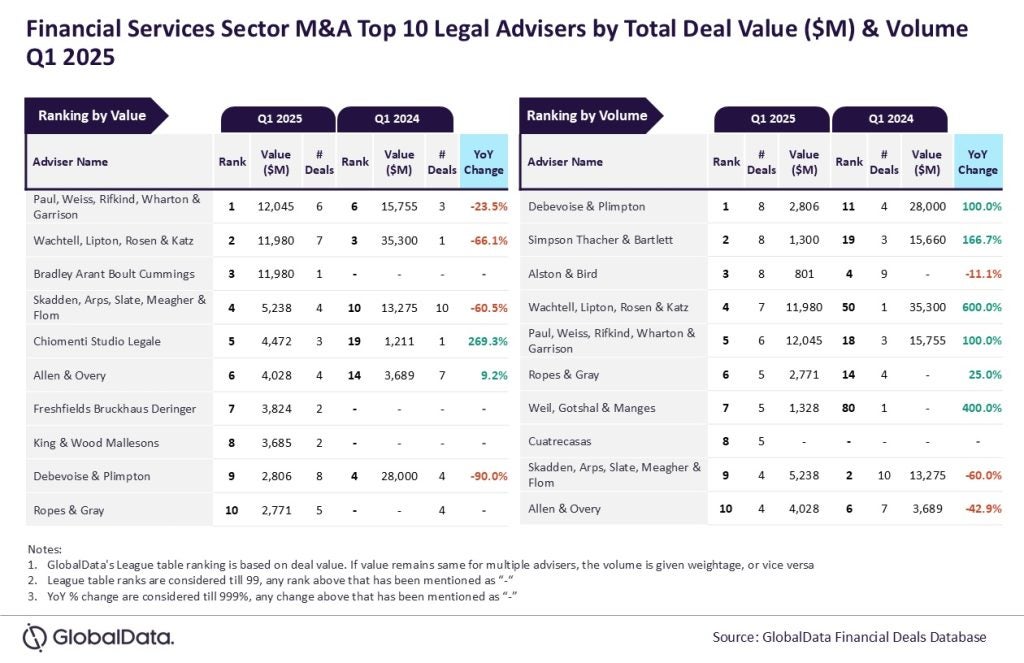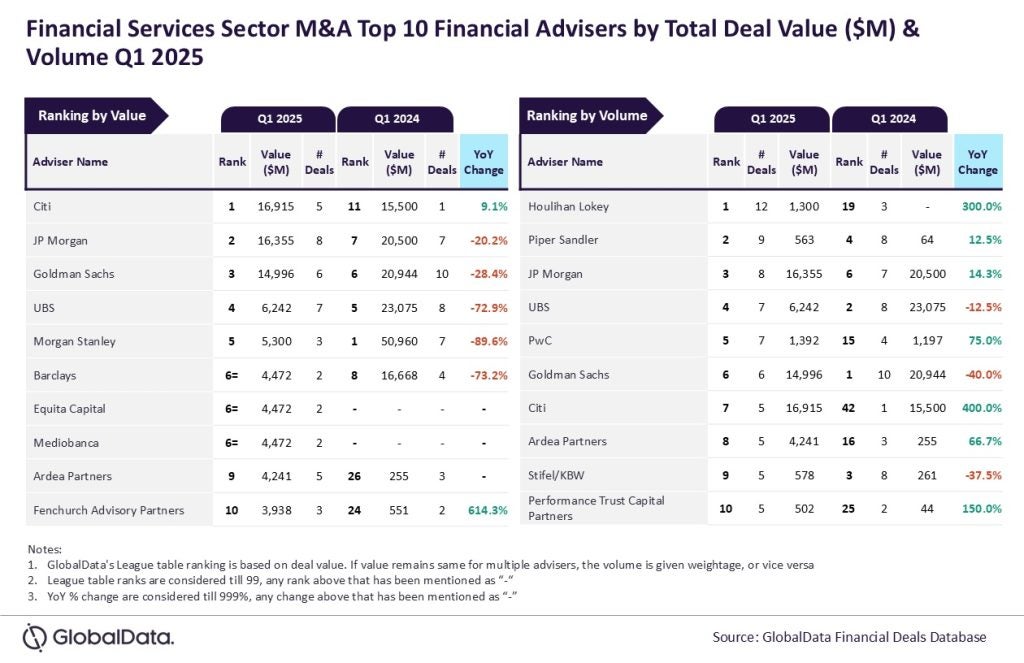Rarely a day seems to go by when I am told by someone that cards are old hat, dull, dated and under threat.
Apple Pay this, real-time payments that, cross-border payment facilities will represent a huge challenge to the card schemes. But enough about my teammate who edits sister publication Electronic Payments International.
Yes, PSD2 – to be implemented from January 2018 – will provide new entrants and non-payments participants with access to the SEPA Instant Credit Transfer scheme, potentially leading to the creation of new payments products and services that could threaten card schemes.
Given that SCT Inst will create a potentially pan-European, fast bank-to-bank payment network, it has the capacity to disrupt the role of payment cards in both domestic and crossborder payments. The scheme represents a new set of ‘rails’ on which payments can be made, facilitating the development of innovative products that can compete with cards both online and in-store. If such services are cheaper to use and accept than cards, card schemes could, in theory, find themselves cut out of the European payments value chain.
The notion that Visa and Mastercard are under threat is where I have an issue. Some 85% of all transactions globally – the figure remains a whopping 40% in a mature market such as the US – are made using cash. The idea that Bitcoin – however trendy and overpriced it may continue to trade – is an alternative is bunkum. One of the more amusing recent afterwork trips I recall was a trip to hip Shoreditch with a fellow editor – I decline to name and shame – and watching him try to buy a round of drinks using Bitcoin.
On the other hand, Visa and Mastercard are masters at driving cash displacement. In quarter three, Visa again beat market forecasts with a strong set of results.

US Tariffs are shifting - will you react or anticipate?
Don’t let policy changes catch you off guard. Stay proactive with real-time data and expert analysis.
By GlobalDataIn particular, it reported strong growth in key international markets such as India, Russia, Mexico and Australia. Latest quarter earnings from Mastercard were also way ahead of analyst forecasts with earnings per share up 24% against the same quarter last year.
Visa’s prospects in India alone are hugely exciting. The Indian government is committed to cash displacement. Little over one-third of Indians hold a credit card, and with more and more Indians travelling internationally, Visa is in a great place for future growth in the region.
In Asia-Pacific, the upcoming combined Cards International/ Electronic Payments International CEPI Awards and Summit on 7 September in Singapore, brings home the extent of innovation in products and services in the cards sector.
A record number of submissions have been received for the awards – full details of the winners in the September issue of Cards International. To name but a few – and in no particular order and without breaking embargoes – Citi, DBS, Maybank, ANZ, Standard Chartered, RCBC, Kasikorn Bank, Taishin Bank, Siam Commercial and CTBC are all very strong runners in the awards stakes. A very grateful thanks to all the participating banks.
Back in the UK, the latest figures show that card spending is rising at the fastest rate since 2008. The number of card transactions increased by 12.3% over the year to the end of June. Credit and charge card spending rose by 9.3% in the year to June, with debit card transactions ahead by 13.2%.
The one potential negative: Outstanding credit card debt rose to £68.5bn at the end of June, up almost £1bn from the end of the first quarter. Not so long ago I seem to recall being told by younger teammates how Apple Pay was going to revolutionise the market in China, among other places; they seem to have at least gone quiet on that argument.







